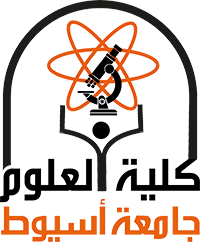The processing of hierarchical porous zeolitic imidazolate frameworks (ZIF-8) into a cellulose paper using sheet former Rapid-Köthen (R.K.) is reported. The procedure is a promising route to overcome a significant bottleneck towards applying metal-organic frameworks (MOFs) in commercial products. ZIF-8 crystals were integrated into cellulose pulp (CP) or TEMPO (2,2,6,6-tetramethylpiperidine-1-oxyl radical)-oxidized cellulose nanofibrils (TOCNF) following an in-situ or ex-situ process; the materials were denoted as CelloZIFPaper_In Situ and CelloZIFPaper_Ex Situ, respectively. The materials were applied as adsorbents to remove heavy metals from water, with adsorption capacities of 66.2–354.0 mg/g. CelloZIFPaper can also be used as a stand-alone working electrode for the selective sensing of toxic heavy metals, for instance, lead ions (Pb2+), using electrochemical-based methods with a limit of detection (LOD) of 8 µM. The electrochemical measurements may advance 'Lab-on-CelloZIFPaper' technologies for label-free detection of heavy metal ions.
ملخص البحث
تاريخ البحث
قسم البحث
المشارك في البحث
الناشر
Elsevier
عدد البحث
446
موقع البحث
https://www.sciencedirect.com/science/article/pii/S138589472202109X
سنة البحث
2022
صفحات البحث
https://www.sciencedirect.com/science/article/pii/S138589472202109X

